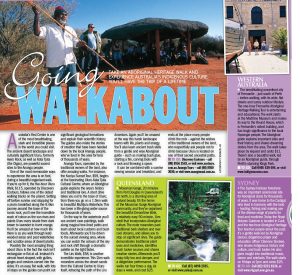 Going Walkabout
Going Walkabout
New Idea – national weekly magazine
The Red Centre of Australia is one of the most breathtaking, stark and incredible places to visit in the whole world. The ancient desert landscape and the culturally significant Uluru (formerly referred to as Ayers Rock) and Kata Tjuta (The Olgas) are incredibly powerful sacred sites to the Anangu people who have lived there for more than 40,000 years.
One of the best ways to experience the area is on foot, on one of the many beautiful walks. If you’re up for it, the five-hour Uluru Walk, $115, with Discovery Ecotours, follows one of the oldest walking tracks on the planet, the 9.4km journey around the base of the iconic rock. Setting off before sunrise, and stopping for a picnic breakfast an hour or two into it, you will see the incredible wash of colour as the sun rises and paints the rock from dark brown to lavender to burnt orange and all the shades in between. You’ll also be amazed at how much plant and animal life there is, as you walk through leafy wooded sections, along shaded tree-lined paths, by cool waterholes and past scrubby areas of more typically desert plants. The most amazing thing about Uluru is that the rock is not rectangular or flat. Instead it is almost heart-shaped, with gullies, gorges and crevices carved into the side. You can never see far ahead of you on this walk because of all the twists and turns.
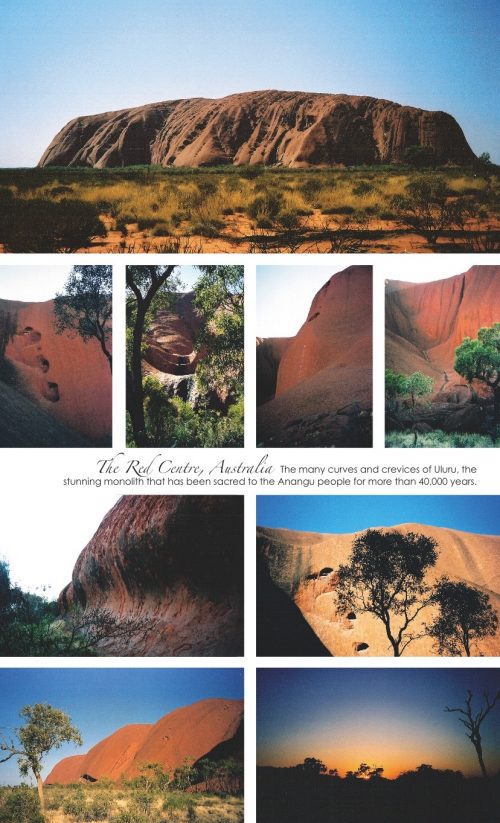
It’s an easy, flat walk, with lots of stops so the knowledgeable guides can point out significant geological formations and explain their scientific history as well as the stories of creation that have been handed down by the local Anangu people for at least 40,000 years.
Anangu Tours, which is owned by the traditional Aboriginal owners of the area, also offer amazing walks. Their Kuniya Sunset Tour, $99, begins at the fascinating Uluru-Kata Tjuta Cultural Centre, where an Aboriginal guide explains the history of the area, the local stories of creation and Aboriginal lore. A short drive takes you to the base of Uluru, where you go on a 1.5km walk to beautiful Mutitjulu Waterhole, a life-giving source for thousands of years. Along the way you will see ancient cave paintings on rock walls, walk along beautiful tree-lined paths, learn about local bush foods and customs, and have the chance to ask the guide anything you want to know. Afterwards you are driven to the sunset viewing area, where you can watch the sky colour and the rock change dramatically as the light fades.
Their 2km Liru Walk, $58, is another incredible walking experience, this one meandering across the desert sands from the Cultural Centre to the base of Uluru, retracing the path of the Liru ancestors. Again you will be amazed at just how teeming with life, plants and energy this harsh landscape is. You’ll also learn ancient bush skills from the beautiful, gentle and wise Aboriginal guide, such as starting a fire, making kiti, a type of bush glue, carving wooden tools with a rock and how to throw a spear. It’s a beautiful walk, and the changing views of Uluru are amazing. It can be combined with a sunrise viewing session and breakfast, and ends at the place where many people climb the rock – against the wishes of the traditional owners of the land.
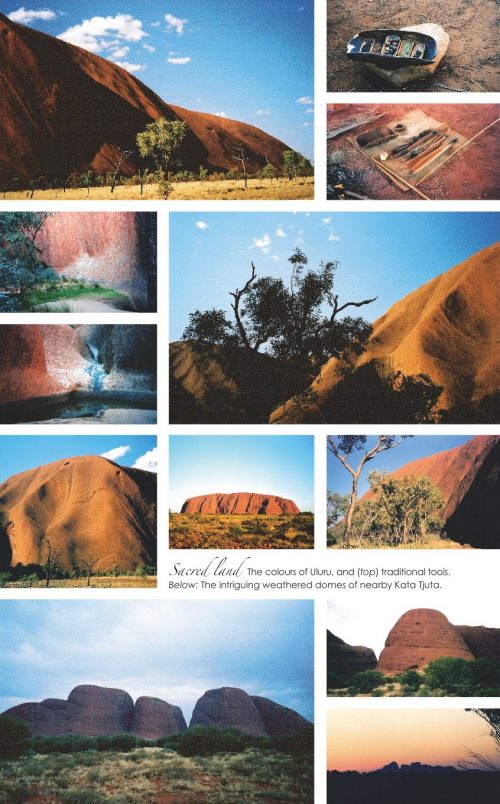
The Anangu respectfully ask that people don’t climb Uluru because it follows one of their sacred ancestral paths. They are also concerned for people’s safety – more than 40 people have died while attempting the climb, from falling off or collapsing from a heart attack, and one man was decapitated as he fell. Many more died later as a result of the climb – at least 80 related deaths have been recorded, and there have probably been many more who got home and then died. It is a very steep climb that requires a huge level of fitness, and it’s usually done in blazing heat without a hat, sunscreen or water. It causes great pain to the Anangu when people die, as they feel a responsibility to protect the visitors to their lands. Tour operators estimate that half of the 400,000 plus tourists every year climb the rock. It astounds me that so many people so callously choose to climb when they have been asked not to, especially as there are so many other beautiful walks around the rock which will open your heart and your soul to the magic of this ancient land.
Discovery Ecotours, www.ecotours.com.au. Bookings: 08 8956 2563,
Anangu Tours, www.ananguwaai.com.au. Bookings: 08 8950 3030.
Queensland
Magical Mossman Gorge, just 20 minutes from Port Douglas in Queensland’s Far North, is a stunning area of natural beauty, right on the edge of the world famous Daintree Forest. It is the home of the Kuku Yalanji Aboriginal community, and they have organised beautiful guided walks into the heart of the rainforest. The Dreamtime Walk is a relatively easy 90-minute, 1km journey which incorporates traditional culture. It stops at significant sites along the way, meandering past traditional bark shelters and over cool rainforest streams. The local guide demonstrates traditional plant uses and medicines, identifies bush tucker sources, shares creation stories unique to the area and discusses the traditional landowners and their special relationship with this amazing tropical environment – learn why the rainforest is considered a kitchen, medicine chest, tool shed and church to the locals. After your walk you’ll be treated to billy tea and damper and a didgeridoo performance. The walks run four times a day, six days a week and cost $25. They start from the Mossman Gorge Visitors Centre, which also sells local artwork, and pickups from Mossman and Port Douglas can be arranged.
Info: www.yalanji.com.au, bookings: 07 4098 2595.
New South Wales
For thousands of years, the Sydney Harbour foreshore was an important ceremonial site for many Aboriginal clans, and was home to the Cadigal, who lived in harmony with the land, hunting, catching fish and using the diverse range of plants that grew there for food and medicine. Today the beautiful Royal Botanic Gardens is located in Cadi, and is teaching a new generation of people about the past with its two-hour Aboriginal Heritage Tour. It’s a gentle walk through the gardens led by Aboriginal dancer, didgeridoo player and education officer Clarence Slockee, who shares Indigenous history and culture as he takes walkers on a journey of discovery, explaining the significance of the area and how Aboriginal people used the local plants, sharing bush tucker foods and giving insight into traditional music, dance and artefacts. The walks run Fridays at 2pm, and cost $25. There is also a self-guided walk you can take, following a map that traces a path through the amazing gardens, but Clarence’s input adds immeasurably to the experience.
Info: www.rbgsyd.nsw.gov.au. Bookings: 02 9231 8134.
Western Australia
The beautiful oceanfront city of Fremantle, just south of Perth, invites walking with its wide, flat streets and sunny, outdoor lifestyle. The Fremantle Aboriginal Heritage Walking Tour is a brilliant, entertaining and educational experience, a one-hour walk through the historic streets of this town, which starts at the Maritime Museum and makes its way to the Round House, Fremantle’s oldest building, which has tragic significance to the local Nyoongar people. The Aboriginal guide will explain the important sites and their history, and share dreaming stories from the area. Learn how European settlement affected the local people, the significance of the Swan River and the connection with nearby Rottnest Island. The 600m walk takes place by request, and costs $11. There is also a beautiful walk, led by an Aboriginal guide, through Perth’s stunning Kings Park, which focuses on the plants that were used for food, shelter and medicine by the Nyoongar tribe.
Info: www.indigenouswa.com, bookings: 0405 630 606.
Victoria
Melbourne’s Royal Botanic Gardens is located in South Yarra, on a traditional camping and meeting place for the Woiwurrung and Boonerwrung people. The Aboriginal Heritage Walk through these grounds is a rich and vibrant cultural experience, and a must for tourists and locals alike. It’s not just a beautiful 90-minute walk through the gardens, but also provides an understanding of the customs and heritage of the traditional landowners. Learn about local plant lore and see the land through the eyes of the Aboriginal guide, discovering how it was here before white settlement, and take part in a Tanderrum, a traditional smoking ceremony. The walk takes place Thursdays and Fridays and every second Sunday at 11am, departing from the Visitor Centre, and costs $18.
Info: www.rbg.vic.gov.au, bookings: 03 9252 2429.
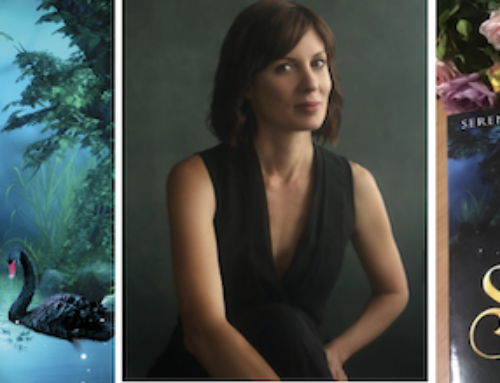
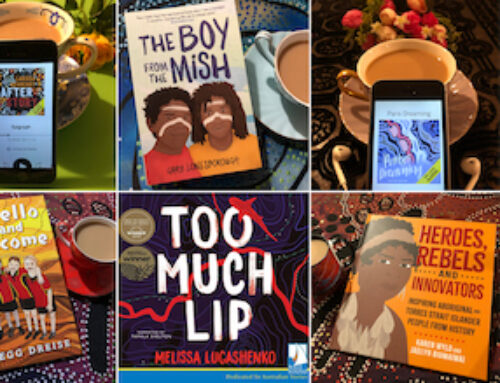
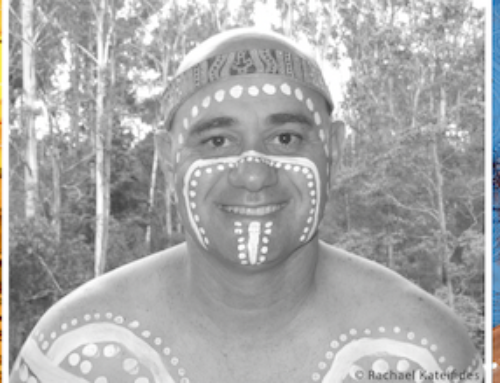
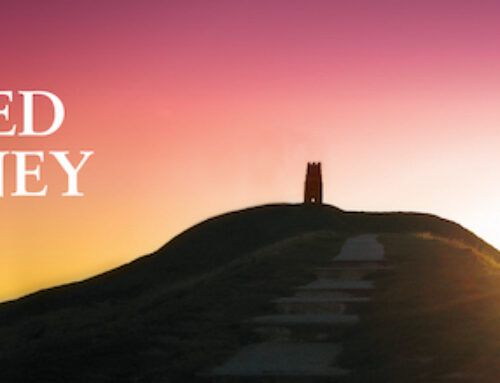
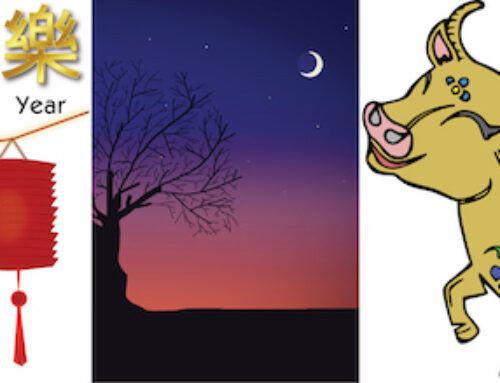


Get Social